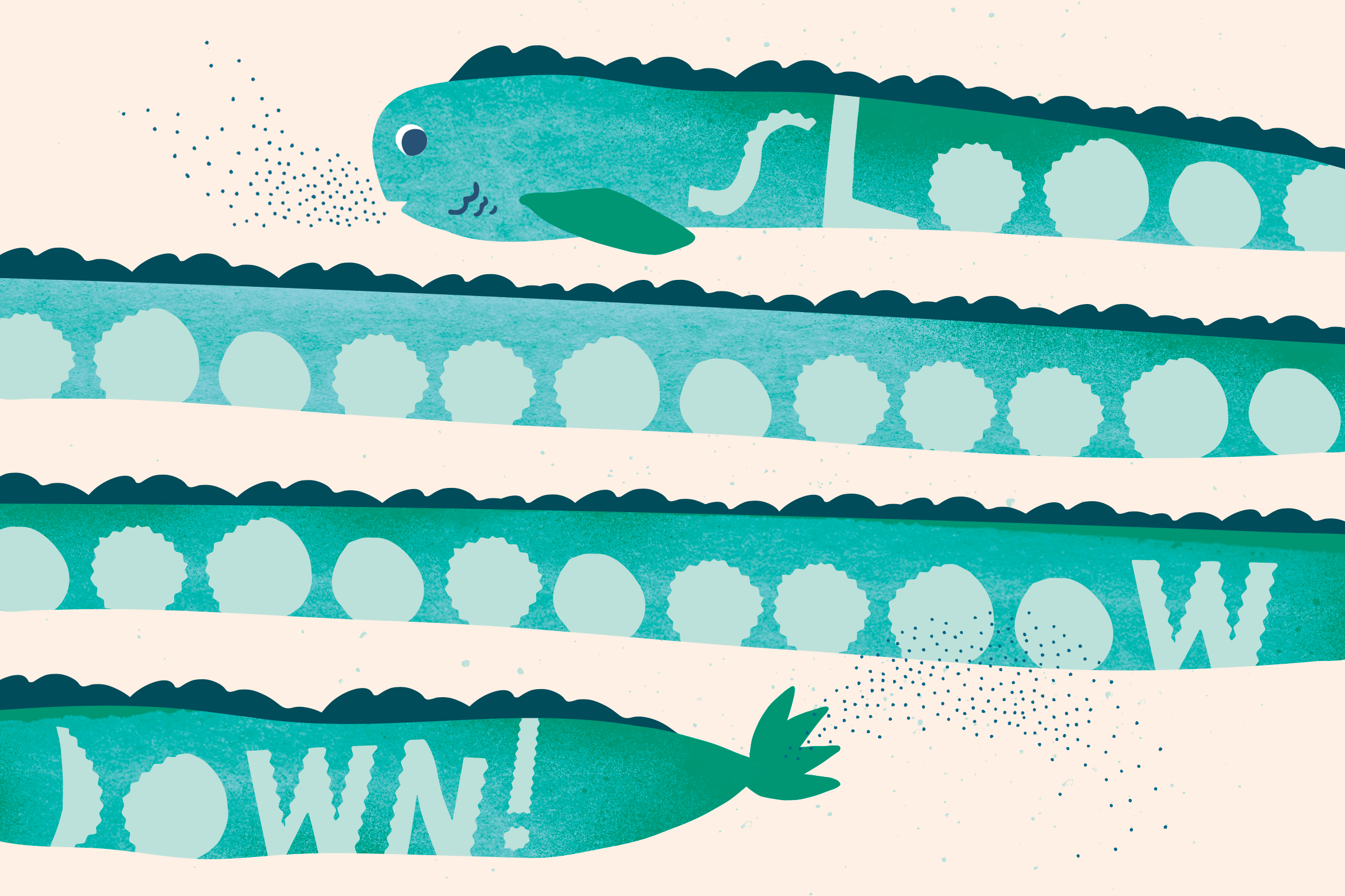In the world of kids swim lessons, the phrase "slow and steady wins the race" couldn't be more accurate. Slowing down our swimming lessons and breaking them into carefully structured progressions is the key to creating an empowering learning environment for kids.
Nurturing confidence in young swimmers with progressions.
Our approach at In The Deep acknowledges that swimming can be overwhelming for young learners. By breaking it down into manageable steps — progressions — we ensure that children feel excited about their achievements along the way rather than overwhelmed and stressed by the process.
Why is this approach so vital? Firstly, it's all about building confidence. Confidence is key to developing a graceful, relaxed swimmer. Each small victory in a progression reinforces a child's belief in their abilities.
Our progressions extend benefits to both teachers and students. Teachers gain a deeper understanding of each skill, allowing them to offer precise guidance. Children, on the other hand, get to master each element before moving on. This not only prevents future challenges but also paves the way for long-term success in the pool.
Ultimately, swimming isn't just about getting somewhere in water; it's about nurturing a sense of achievement and self-assurance in our young swimmers. By slowing our swim lessons down and embracing progressions, we lay the foundation for a lifelong love of swimming and the skills to stay safe in the water.
Repetition leads to mastery.
Repetition becomes their ally in this slowed-down process, allowing their young minds to grow familiar with each stroke and technique.
When they encounter the same movements and exercises week after week, it's not about monotony; it's about mastery.
The consistency in our approach brings comfort and confidence, erasing the anxiety of uncertainty that often accompanies change in a challenging environment. Children begin to anticipate what's coming next in their lessons, which in turn fosters a sense of ownership over their progress.
It's a journey where each lesson builds upon the last, laying a solid foundation for future skills. After twenty years of lessons, we've observed that the magic of progress often happens, not on the first try, but on the third or fourth try. The more repetition, the more room there is in the lesson for success. In a world where we're constantly in a rush, we feel kids swim lessons are an opportunity to remind us of the beauty in slowing down, allowing children to flourish at their own pace.
Ensuring consistency for effective learning.
At the heart of our kids swim lessons is a simple yet powerful principle: consistency. It's all about using the same instructions and words, week after week. Our uniformed language has an exponential impact on children's learning. By avoiding confusion and ensuring familiarity, young swimmers progress rapidly.
Consistency extends to the structure of our lessons as well. We eliminate idle time during classes, making the most of every minute in the pool. Our streamlining speeds up the learning process.
Consistency within our team is equally vital. If on occasion kids have a different teacher for their lesson, using the same progressions, words and instructions down to the tiniest detail ensures that they stay on track. Deviating from this approach can cause confusion in the learning journey, so to maintain this consistency we’re emphatic about this with our team.
We provide structured lesson plans with designated progressions, instructions and keywords. We also emphasise training with new teachers, holding them accountable for following and staying true to our methods.
The power of focusing on one thing at a time.
Focusing on one thing at a time is crucial in kids swim lessons. It’s a concept deeply rooted in how our brains process information. Research indicates that the human brain excels when presented with three to four pieces of information but often becomes overwhelmed and less effective when bombarded with more than five. This insight on cognitive load holds significant implications for educators, especially when guiding children through as complex a skill as learning to swim.
Consider the example of teaching freestyle swimming. This stroke involves a multitude of moving parts, from strokes and kicking to breathing, body rotation, propulsion and coordination. However, the key to effective instruction lies in breaking down the complex skill into manageable, sequential progressions.
Imagine starting with the foundational element of proper breathing. In the early stages of kids swim lessons, it's paramount that young learners become comfortable with holding their breath underwater and exhaling in a controlled manner. By focusing solely and simply on this aspect, children are not overwhelmed with a barrage of instructions. It's a step-by-step approach that allows them to internalise and master one skill confidently before moving on to the next.
This method isn't limited to swimming; it's a universal approach applicable to various skills and disciplines. Whether it's learning a musical instrument, riding a bike, or mastering reading, the principle of focusing on one thing at a time remains steadfast!
Effective communication on a child's level.
Effective communication with children is the cornerstone of an empowering learning environment. It's not just about what we say but also how we say it that makes all the difference in ensuring that kids not only hear, but truly understand and engage with the learning process. Simplicity and clarity in our instructions are key.
Imagine teaching a child a complex concept like swimming, all at once using intricate, convoluted language — it's like speaking a foreign language to them. The result? Misunderstanding, fear, frustration, and a lack of engagement. Instead, our aim should be to break down ideas into the most simple way that meets the child with where they're at.
So how do we do that? The art of communicating on a child’s level involves fun, creativity and the use of visual aids. Young children, in particular, learn by observing and imitating. They’re like sponges, absorbing information from their surroundings.
Demonstrations can be super effective. Ask a child to take a big breath after you've done so in a comically animated way, and you've not only communicated effectively but also connected with them on their level!
Making learning fun is a powerful approach, especially with younger children. Even a simple reward system, like offering a high five for completing a task, can transform a seemingly mundane activity into an exciting challenge they'll happily take on.
We like to remind our teachers that they should understand that improving their own communication skills is often the solution when children struggle to grasp a concept. It's not about blaming the child but adapting our approach to meet their unique needs and developmental stage. Effective communication is not just a skill; it's the foundation upon which meaningful learning experiences are built.
Small class sizes are our extra secret sauce.
In the world of kids swim lessons, class size matters — a lot. At In The Deep we believe having just two children in a learn to swim class is the sweet spot for fostering effective learning. It ensures that each child receives the attention and practice time they need to excel in the water.
With small class sizes, both children are fully engaged, allowing for ample practice in our thirty minute lesson, more personalised support and enough time to rest in between taking their turn. It also accommodates kids with different skill levels and personalities. In contrast, classes with 3 or more kids often result in less practice time, attention as well as safety concerns, ultimately hindering progress. While larger classes may be a necessity in some regions due to resource constraints, the benefits of two kids per class are clear in our experience.
Dive into confidence: Our structured approach to kids' swim lessons in the eastern suburbs of Sydney.
Our structured, thorough approach to kids swim lessons is about embracing repetition, maintaining consistency, focusing on one thing at a time, and communicating effectively. Benefiting from small class sizes ensures individualised support, maximised practice time, lots of fun and courage-building along the way.
Are you ready to empower your child through our learn to swim program here in Sydney? Join us today and we'll reveal the wonders of being in the water, gently guiding your child to become a relaxed, stress-free swimmer!
Sea you in the water,
x Sasha



No comments.